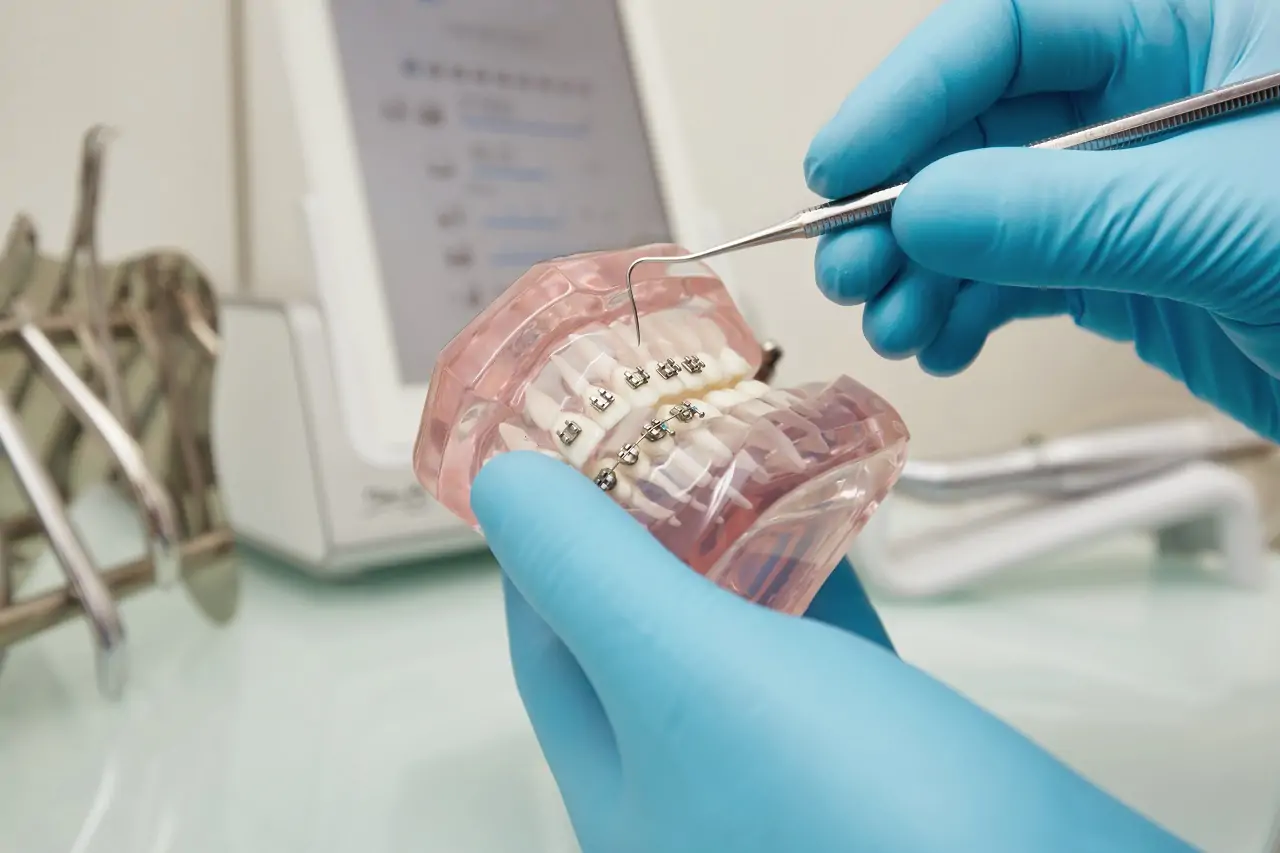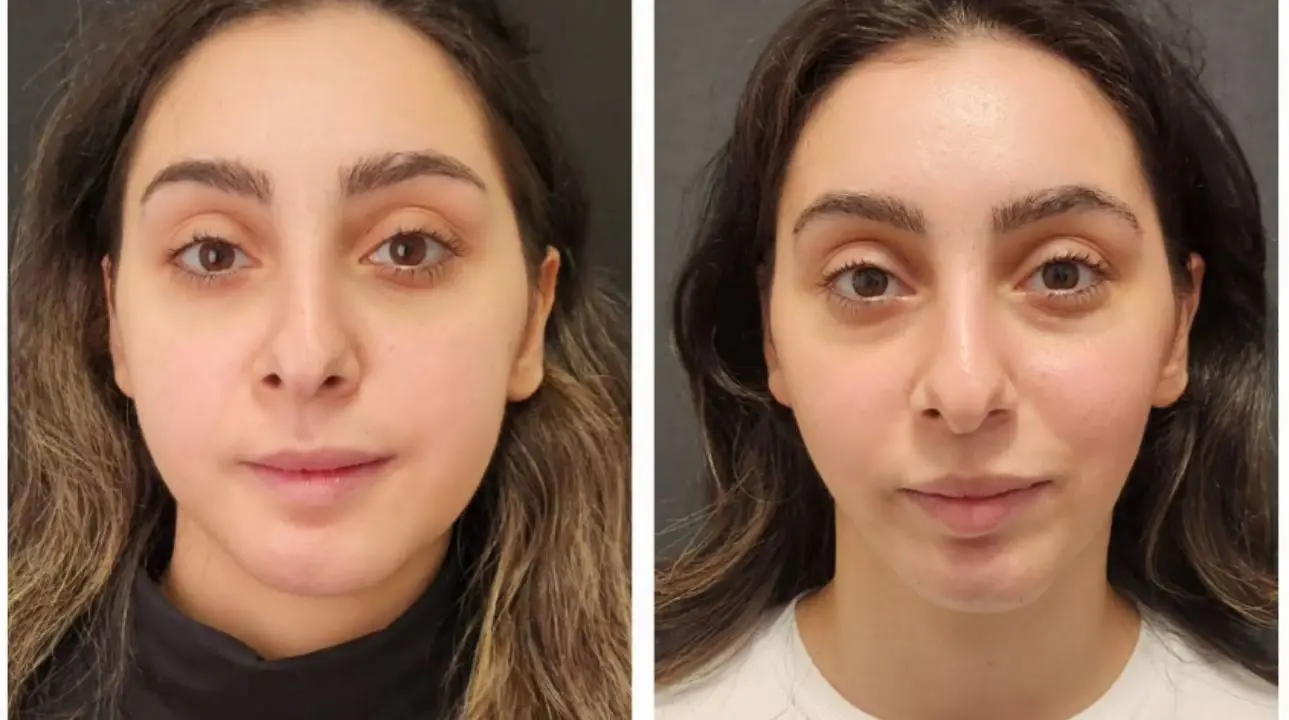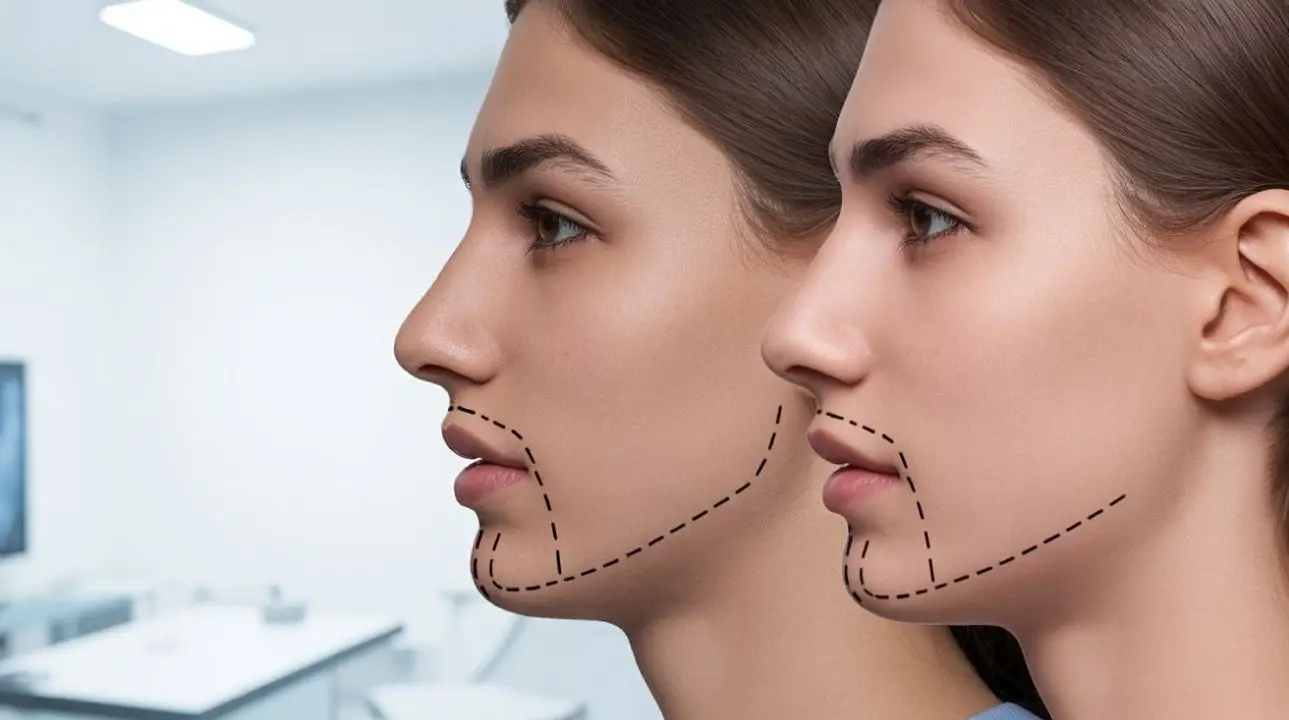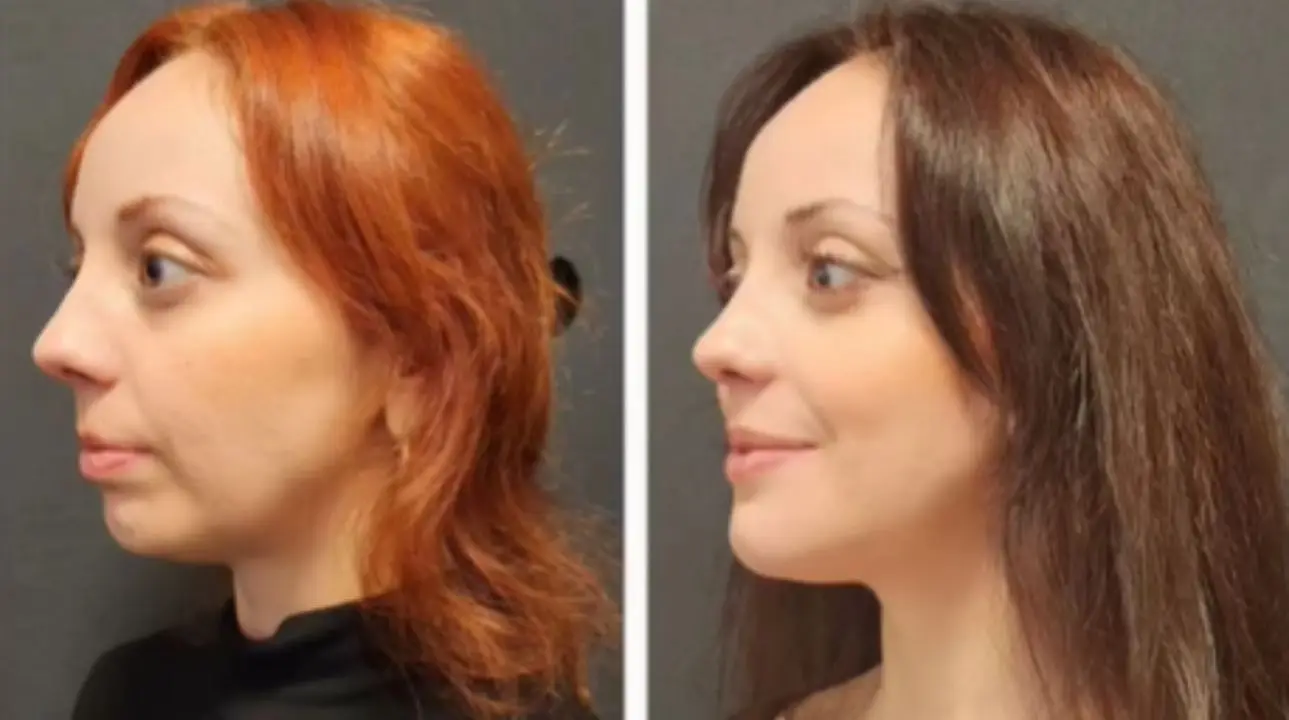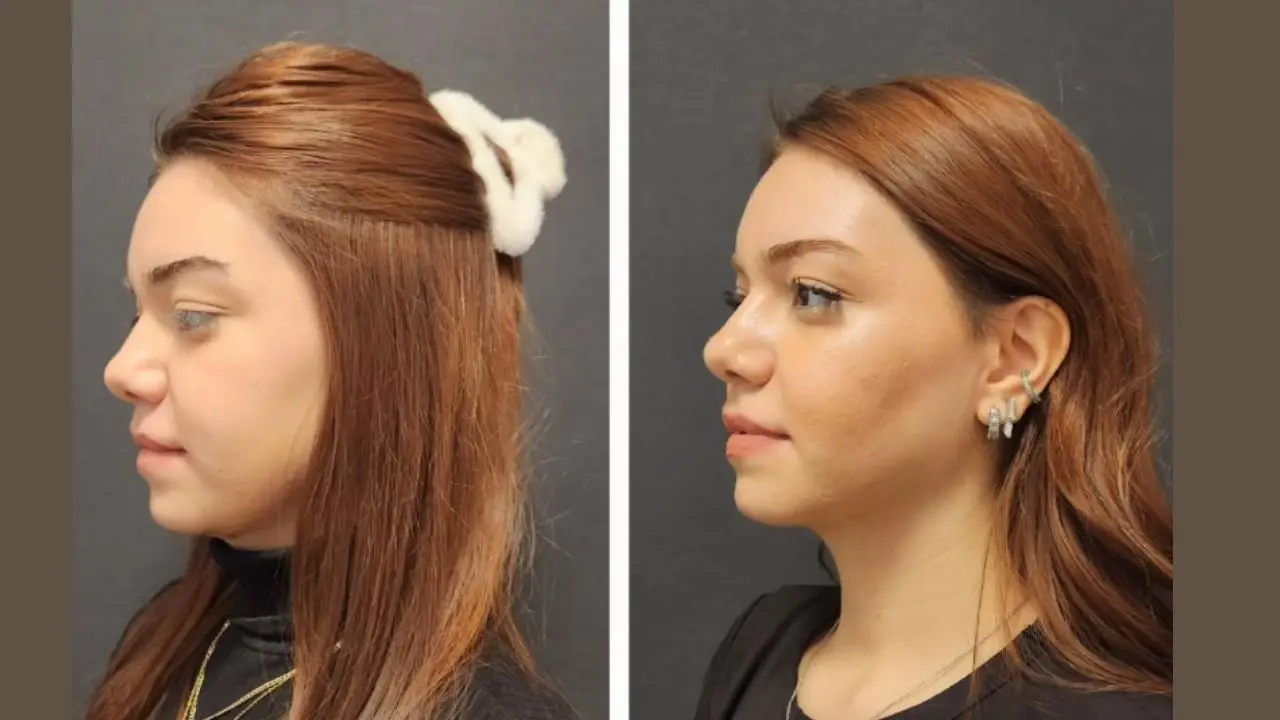Orthognathic Surgery and Braces are treatments for patients whose teeth are misaligned and who suffer from crowding issues due to jaw disorders. There are different types within this category.
Braces are defined as an orthodontic treatment that can be applied alone. However, in some patients, orthodontic treatment alone is insufficient, and it is combined with orthognathic surgery. This application is performed under the supervision of experienced doctors to achieve more successful long-term results. Orthognathic surgery and braces are ideal options for correcting jaw irregularities and solving crowding problems. However, to achieve the desired result, treatment must be performed by experienced doctors.
1 – Orthodontic Treatment
In cases of crowding, non-invasive methods are prioritized first. Orthodontic treatment options are highly successful in delivering the desired results. The prominent orthodontic treatment methods are listed in the table below:
| Methods | Description |
| Braces | Used to correct alignment problems. Metal or ceramic braces are adjusted at regular intervals to move the teeth into the desired position. Braces are an effective method for both children and adults. However, they provide the desired result in the long term. In some cases, orthognathic surgery and braces are applied together. |
| Clear Aligners | Custom-made clear aligners that are removable. They do not cause aesthetic issues due to their transparent appearance. Different aligners are used to move the teeth into the desired position. The treatment duration typically lasts between 1 to 2 years. |
| Appliances | Mostly preferred for children and adolescents. They are used to guide dental development and correct irregularities. |
Before combining orthognathic surgery and braces, orthodontic treatments are evaluated. For instance, if the problem can be resolved with braces, surgical methods are not pursued.
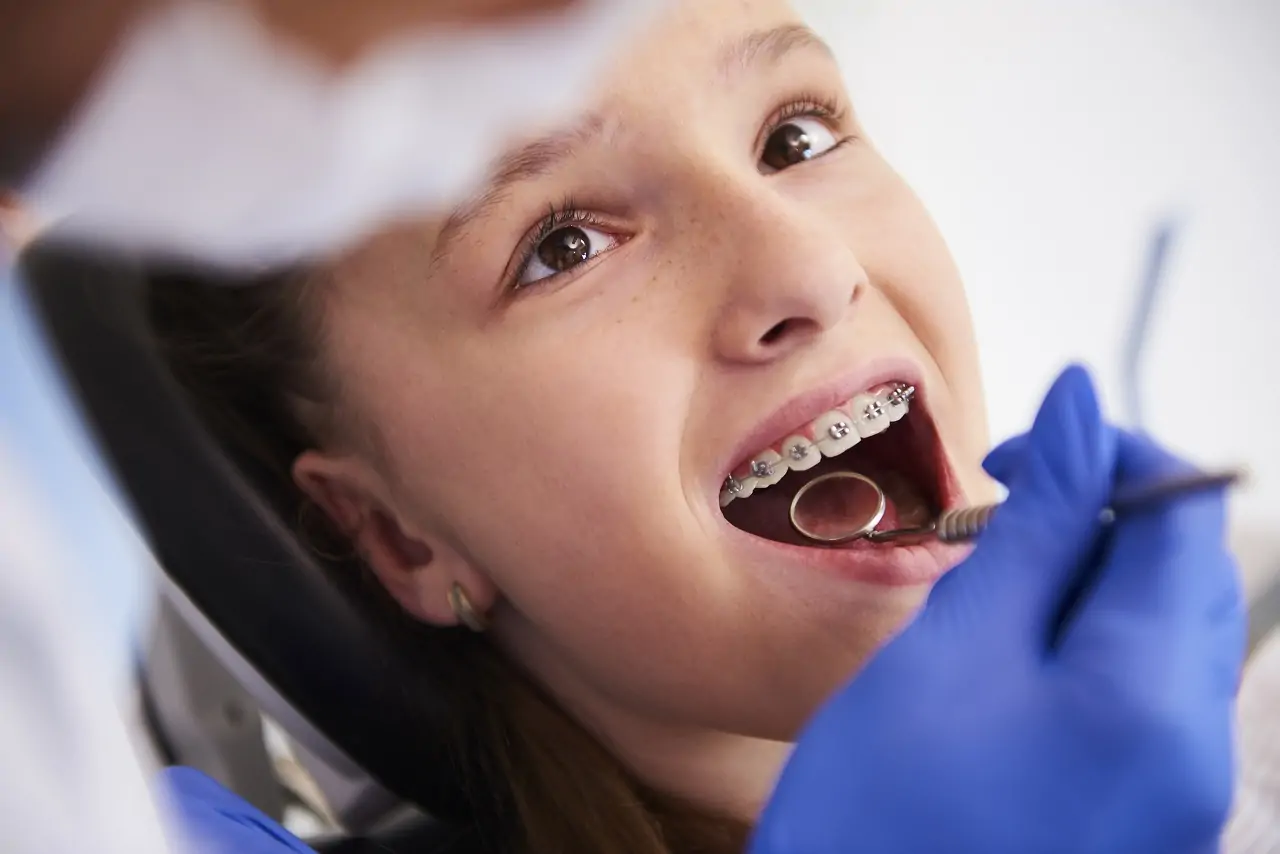
2 – What is Orthognathic Surgery?
Orthognathic surgery is a procedure used to correct structural problems in the upper and lower jaw and the dental irregularities caused by them. It is also commonly known as jaw surgery. This procedure is considered in cases where orthodontic treatments alone cannot correct the problem. It is primarily chosen to address serious issues in functions like speech, chewing, and breathing. Orthognathic surgery and braces are sometimes combined in certain cases.
This procedure involves several stages. The details of these stages are as follows:
- The first stage is an orthognathic surgery consultation. The physical examination and tests conducted at this stage determine whether the patient is a suitable candidate for surgery.
- Surgery dates are given to suitable candidates.
- Anesthesia is first administered to the patients. As this is an extensive surgery, the procedure is performed under general anesthesia. Patients do not experience pain, discomfort, or distress during the process.
- An incision is made inside the mouth to access the jawbone. Through this incision, the necessary procedures are carried out on the lower or upper jawbone. Most of these procedures involve cutting and reshaping the bone.
- The procedure may target just one jaw or both.
- After the necessary procedures are completed, the incision is closed, and the operation is finished.
This is the general path followed for orthognathic surgery. However, after the surgery, patients may need braces or other orthodontic treatments. If braces are required, the patient waits for a while for the bones to heal before continuing the treatment process with braces.
3 – When is Orthognathic Surgery Applied?
Orthognathic surgery is performed to correct issues in the jaw and facial structure. The situations where this surgery is required are as follows:
- The procedure is used to correct jaw disorders (malocclusion). It is chosen when the lower jaw is too far forward or back, or the upper jaw is not in its correct anatomical position.
- This procedure is applied when the teeth do not close completely.
- Abnormal growths in the upper or lower jaw can disrupt facial symmetry. Asymmetry issues can also cause chewing and speaking problems. In such cases, orthognathic surgery and braces come into play.
This procedure provides permanent solutions to both aesthetic and functional problems. For this reason, it is also known to be used within the scope of cosmetic dentistry. The surgery is planned together with experienced jaw surgery specialists and orthodontists and may be a continuation of orthodontic treatment. Additionally, braces may be needed again after jaw surgery.
Prof. Dr. Celal Çandırlı has significant experience in orthognathic surgery and braces. You can contact us anytime for more detailed information about these treatments.
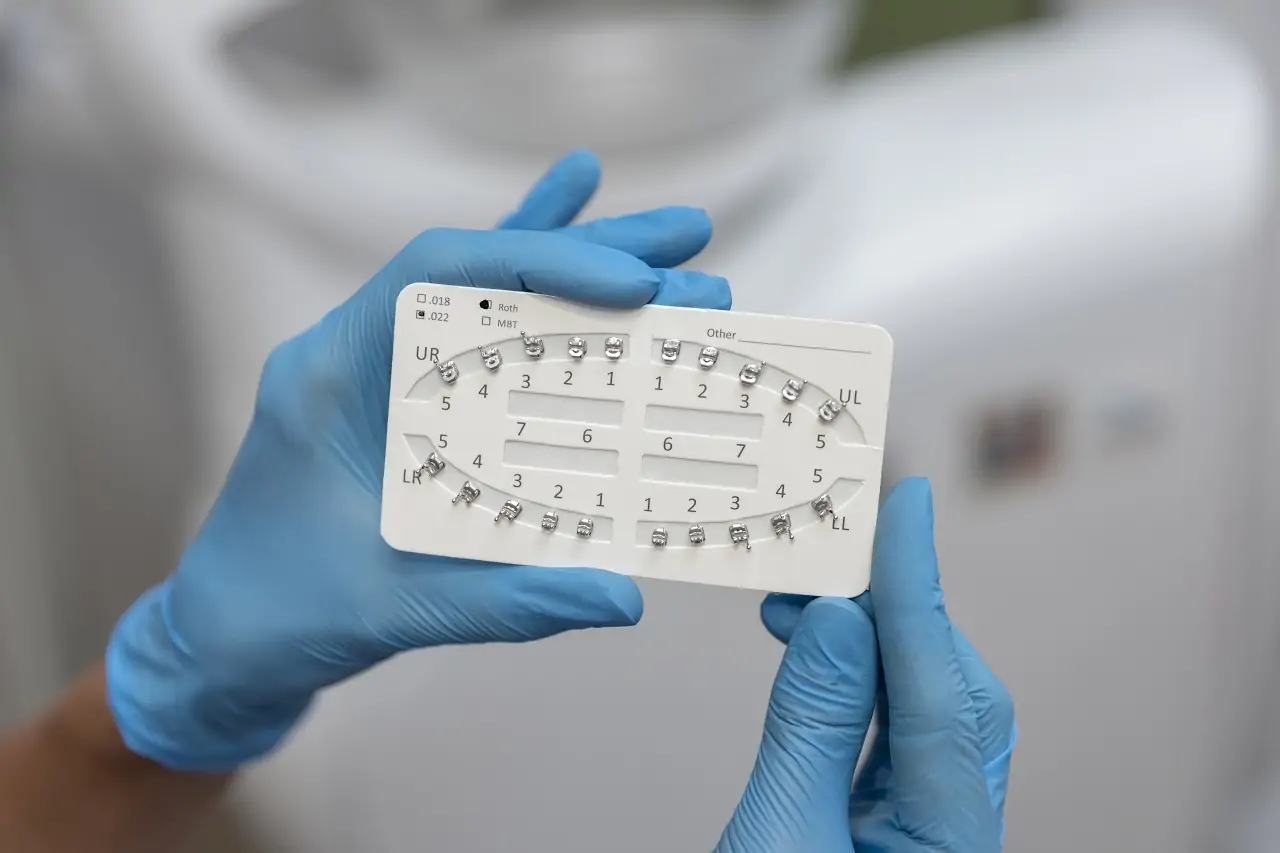
4 – Orthognathic Surgery Techniques
Orthognathic surgery includes different techniques and methods. There is no single standard surgery, as every patient’s condition is different, requiring unique approaches. In some cases, orthognathic surgery and braces are applied together, while in others, different techniques are preferred. Some details of these techniques are as follows:
- A portion of the upper jaw is cut and repositioned to correct its position. The cut bone is then fixed in place with titanium plates and screws to ensure stability.
- Similar procedures are performed on the lower jaw for repositioning. Again, a portion of the bone is cut, and the lower jaw is fixed with plates and screws.
- Double jaw surgery involves procedures on both jawbones.
These procedures are considered as a last resort. If, after the orthodontist’s planned treatment with braces or clear aligners, the teeth do not reach the desired position, or functional problems remain unresolved, orthognathic surgery methods are employed.
5 – Can Orthognathic Surgery and Braces Be Applied Together?
Orthognathic surgery and braces are treatments that can be combined. However, they cannot be applied simultaneously, as one is a surgical procedure targeting the jawbones, and the other is a non-surgical method.
Orthognathic surgery and braces are applied sequentially. Depending on the patient’s condition, braces may be applied before or after surgery. In some cases, both before and after. Orthognathic surgery and braces provide much more effective results together.
6 – Orthognathic Surgery Costs
Orthognathic surgery costs vary depending on factors such as the doctor’s experience, the clinic, and the scope and complexity of the procedure. Since every patient’s needs differ, the treatments also vary, which impacts the costs. The same applies to the cost of braces. When orthognathic surgery and braces are applied together, the costs differ.
Frequently Asked Questions about Orthognathic Surgery and Braces
Below are frequently asked questions about orthognathic surgery and braces, along with their answers:
1 – What is Orthodontic?
Orthodontics is a branch of dentistry that aims to correct crooked and misaligned teeth. Braces are one of the most common treatment options. Orthognathic surgery and braces are sometimes used together in certain cases.
2 – Can Jaw Surgery Be Performed Without Braces?
In some cases, jaw surgery can be performed without braces. This depends entirely on the patient’s jaw structure and complaints.
3 – In Which Patients Are Orthognathic Surgery and Braces Preferred?
Orthognathic surgery and braces are preferred in patients with alignment issues due to jaw irregularities. These methods are also used when orthodontic treatments alone are insufficient.
4 – Does the Jaw Change Before and After Braces?
Braces also contribute to correcting jaw irregularities, but this contribution is limited. In some cases, orthognathic surgery and braces are applied together for an effective solution.
